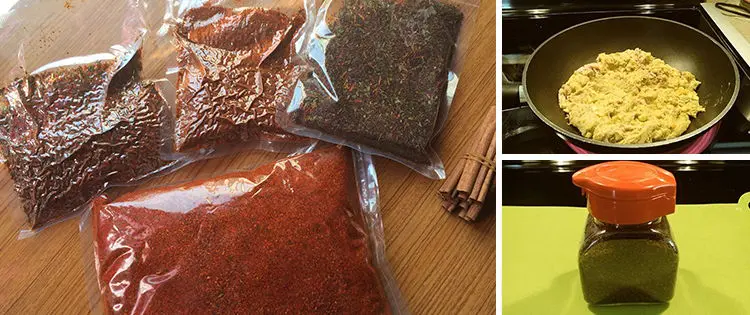Meat powder can be used in all sorts of food from soups to salads, rice to veggies, and even desserts like cheesecake, cookies, and pies.
If you make your own dog or cat food, it can be used in this as well. Meat powder adds protein and a special flavor to cooking besides being convenient.
Have you ever thought about making your own meat powder? It’s not too expensive to make and it can be tailored to your needs.
Let’s look at one particular basic type of meat powder so you can see how easy it is to make. Then you can adapt the ingredients to match the flavor you want.
To make meat powder, you will need a food processor and an oven. The recipe used as an example in this article is for pork meat powder.
Ingredients For Meat Powder
- 14 oz. lean pork (shaved pork works well)
- 5 cups fresh corn
- 1 medium stalk celery, 1 carrot, ¼ cup onion, 2 garlic cloves
- 3 tablespoons apple juice (or apple cider)
- 1 tablespoon parsley flakes, 1 tablespoon of oil
- food processor and oven
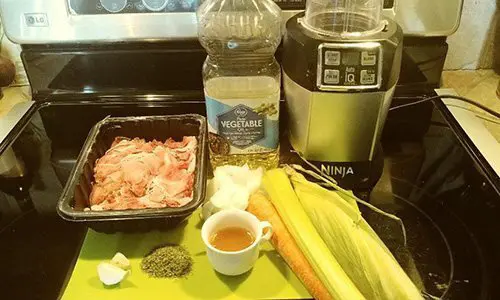
Procedure
- Finely mince all the ingredients (not the oil) in the food processor
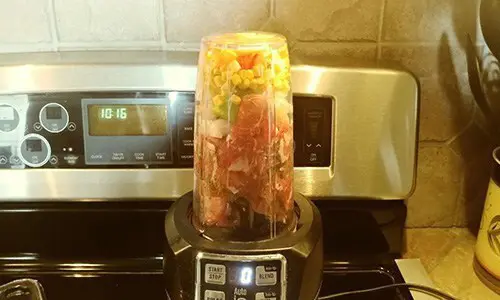
- Preheat the oven to 200°F
- Heat the oil in a skillet
- Cook the minced mixture for 20-25 minutes (to remove the excessive moisture)
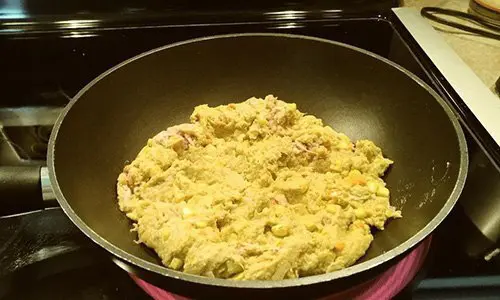
- Spread the minced mixture on a baking sheet lined with parchment paper
- Bake for 2-6 hours or until completely dried
- Stir the mixture every 30 minutes to keep it spread out, to ensure even cooking, and to check that it doesn’t burn
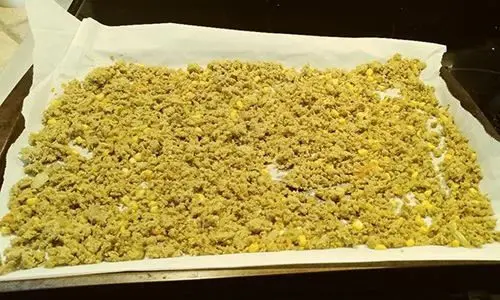
- Once dried, allow to cool
- Place the dried mixture in a food processor
- Pulse to a fine powder
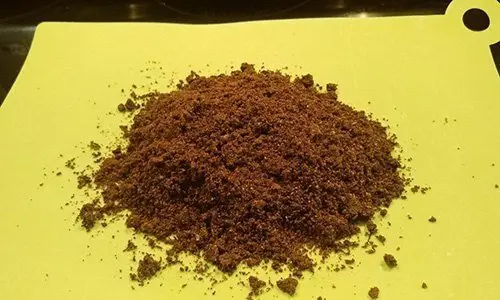
- Place in an airtight container
- Store in an airtight container in the refrigerator
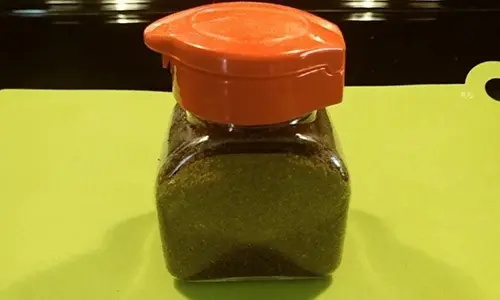
How To Make The Meat Powder Last
The powder should last five years if you make it correctly and if it is stored in an airtight container in the refrigerator between uses.
You might consider putting single-serving size batches in a vacuum seal. Then place the single-serving packages in a larger container to store in the refrigerator.
If you can’t store the meat powder in the refrigerator, use a cool, dark location away from sunlight and any heat source. This will help the powder remain fresh and keep it from clumping excessively.
Because the powder doesn’t contain preservatives or anti-caking agents like commercially bought meat powders, the homemade meat powder will clump a bit. Shaking the powder before using it will help with the clumps.
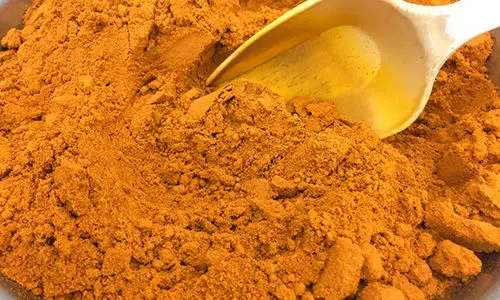
As A Protein Source
If you are using the powder often as the main protein source or as a substitute protein in your diet, you will most likely need to make a larger amount to save time rather than making smaller batches when the meat powder runs out.
When adding the meat powder, simply sprinkle 1-2 tablespoons (per serving) over your food (taste as you go) to enhance the nutritional value and flavor. For example, add to rice to make a more balanced meal.
Now, instead of a meal of mostly carbohydrates, you have some protein as well.
You can also experiment with the meat powder to replace flour in cooking especially in baked goods such as pancakes, waffles, cookies, protein bars, breads, muffins, etc. This will lower the carbohydrates in the customary food and increase the amount of protein consumption.
For example, you can start by replacing 1/3 cup of meat powder for every cup of flour in the recipe. See how you like the taste and adjust accordingly.
Related: How To Dehydrate Milk For Long Term Storage
Other Types Of Meat Powder And Ingredients
Now that you understand how you can make pork powder, you can try making other meat powders. You can experiment with adding various ingredients to taste. Cayenne pepper, garlic powder, onion powder, kosher salt, black pepper, ground coriander, cumin, chili powder, dried oregano, and thyme leaves are some good suggestions to try.
Quick Stats – Nutritional Value of Meat Powder
For each tablespoon of meat powder, there are approximately 45 total calories, 10 grams of carbs (7 grams of net carbs), 0 grams of fat, and 2 grams of protein. The recommended dietary allowance for protein is 0.8 grams of protein per kilogram of body weight. Or if you are measuring in pounds, you can multiply your weight (in lbs.) by 0.36.
For example, for someone who weighs 140 pounds, that would equate to about 50 recommended grams of protein a day.
Spending a little time learning to make your own meat powder will go a long way to save you money rather than buying expensive meat powders at the store.
What’s more? You will be able to tailor the powder to your taste, add protein to your diet to enhance your daily nutrition, and store it to use for five years! How about carving out some time in the next few weeks to experiment with making some meat powder. Then enjoy!
You may also like:
 10 Canning Recipes From The Amish
10 Canning Recipes From The Amish
An Insanely Effective Way to Build a 5 Year Food Stockpile (Video)
Vegetables You Can Re-Grow From Scraps
This Is Why You Should Have Charcoal Around Your Property
Recipes I Made From The Lost Super Foods Book: Canned Hamburger Meat

